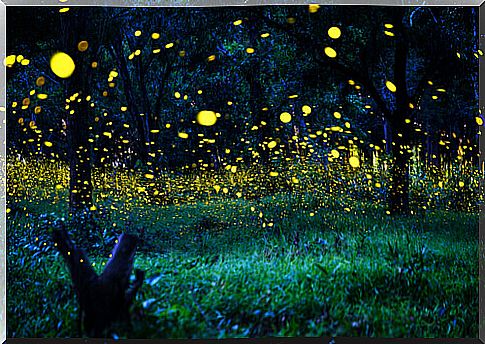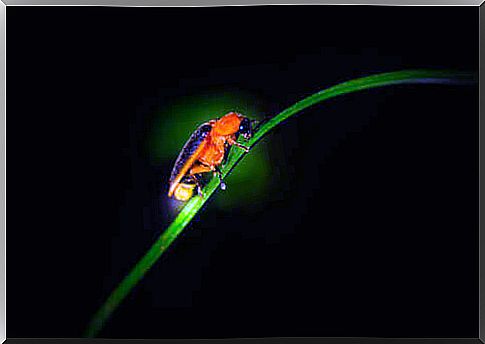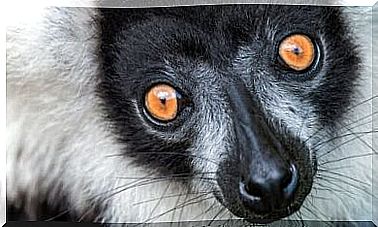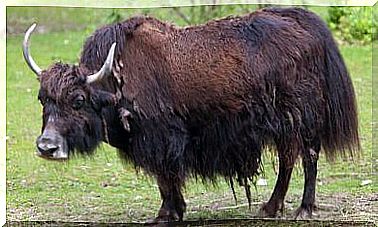Fireflies: Characteristics, Food And Habitat

Fireflies are insects that have fascinated humans for thousands of years. There are many different species of fireflies, but they can be recognized around the world by their characteristic luminous abdomen. Classified as invertebrates, they are able to stage a dance in which their bodies shine one at a time. Next, let’s get to know this very special insect in depth.
Characteristics
Fireflies are a Coleoptera insect , that is , they are actually beetles and are closely related to ladybugs. There are nearly two thousand different species of fireflies and they live in temperate zones around the entire planet.
Regarding the physical differences between males and females, it is noteworthy that they are enormous, which is why we cannot generalize them in size and shape.
Males, in turn, grow larger than females, and have wings and a body shaped more like the rest of the beetles. However, females never reach such a large size: they stop developing shortly after they stop being larvae.
In addition to being smaller, they do not fly, and are easily confused with any other insect that lives on the trunks and leaves of bushes.
The bioluminescence of fireflies
What characterizes and differentiates fireflies from other insects is the glow they project onto their abdomen. This is called bioluminescence, and it ‘s common in males, females, and all firefly species.
These insects can use their glow for many different things. Above all, they use it as part of mating and to scare away possible predators. Therefore, it is a defense mechanism similar to that of frogs and other brightly colored animals: they communicate to their predators that they are unappetizing or poisonous.
Biologists know how fireflies produce light, but not how they are able to control it to glow intermittently. They have an organ that only serves to create light. When they consume oxygen, it mixes with other substances and produces luciferin, which reacts to generate light.
Habitat
Fireflies are nocturnal insects that live all over the planet, except in colder zones like the poles and countries near the Arctic Circle. In fact, they prefer temperate climates and humid environments.

This is why it is so common to see them in swamps or forests, although they also live on the banks of rivers and in other areas where there is a lot of water, as do the butterflies.
On their reproduction process, females lay eggs, which hatch, releasing larvae. They hide and feed in very humid and dark environments such as underground tunnels or rotting tree trunks.
The best ecosystems for finding fireflies will therefore be forests or water zones in temperate countries. Thus, the more humidity and the higher the temperature, the greater the chance of encountering fireflies. Water may be standing (such as in swamps or ponds) or it may be running (such as in rivers).
On the other hand, it must be said that for some years now, it has been increasingly difficult to observe fireflies in nature. It is not known for sure why they are disappearing, but a mixture of factors is suspected:
Deforestation or human intrusion into natural environments of these insects may be causes. The increase in chemical substances in aquifers could be another reason. These causes, it is suspected, are also putting the bees in danger.
food
Fireflies feed mainly when they are in the larval stage. The female places the eggs in a dark and very damp area, and incubates them for three or four days. Hence the larvae are born, which feed on worms and snails, which they pick up with a liquid that paralyzes them and then digest them little by little.
A few weeks later, the larvae become adults. Some species of adult fireflies do not feed on anything. The life span of fireflies is so short that, while they are larvae, they ingest enough energy to survive into their adult stage. Other species, however, can feed on pollen or nectar.
Fireflies are among the most admired insects known to humans. The destruction of their habitat is leading to their disappearance, despite being beneficial to the environment. Some places recognize the importance that these insects have for ecosystems and have even created firefly sanctuaries.









